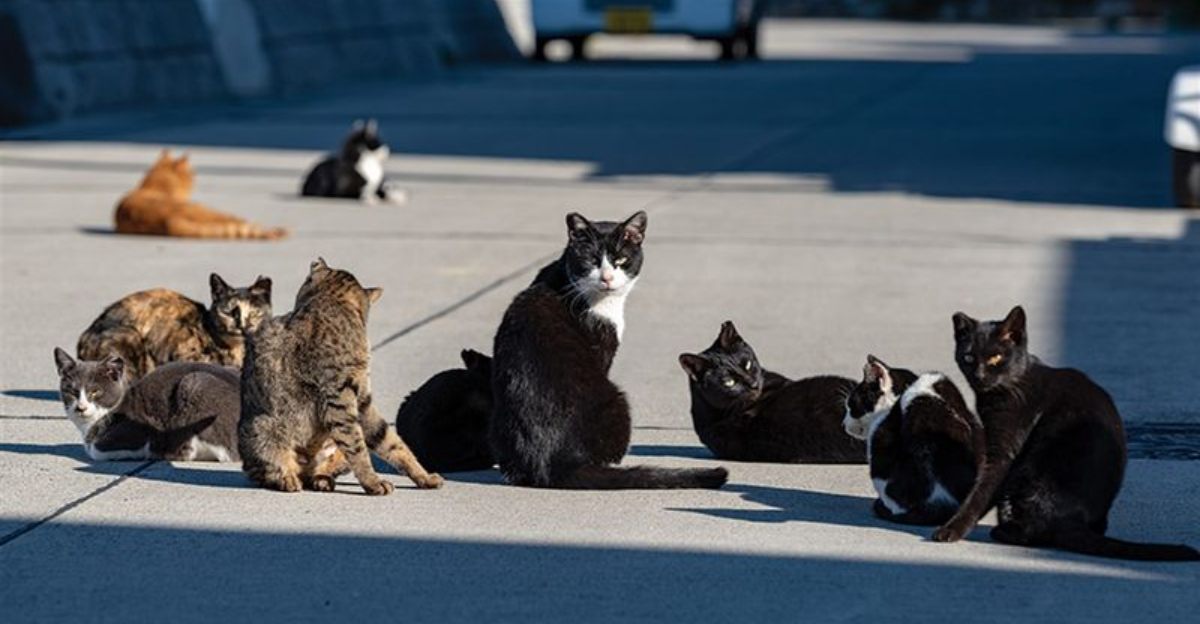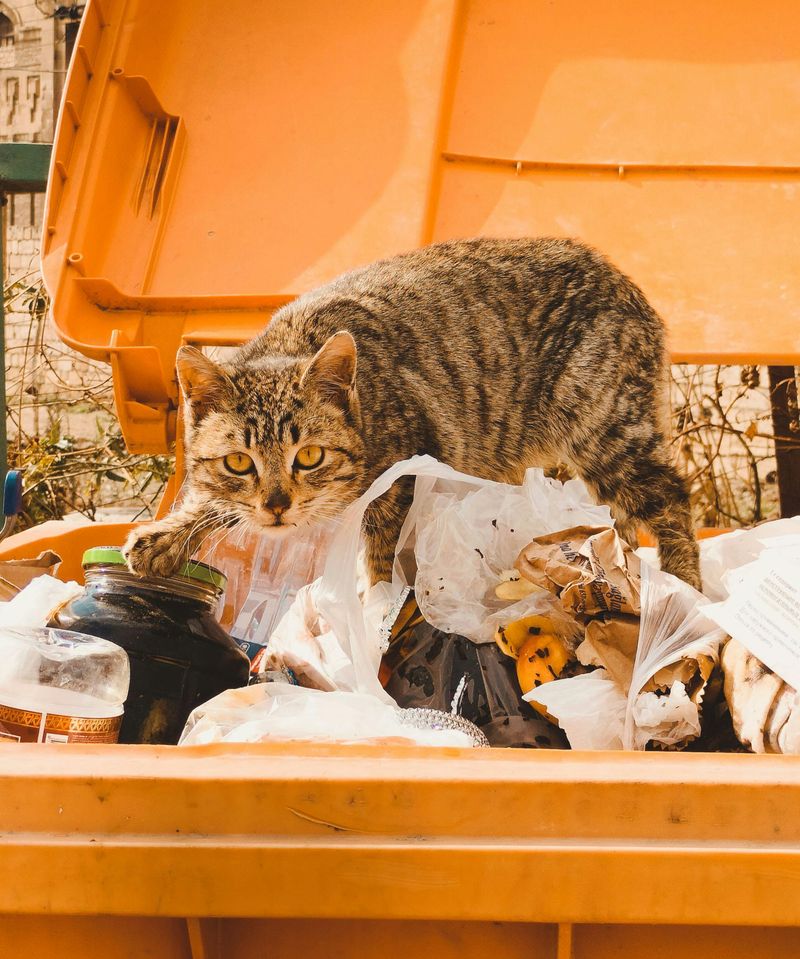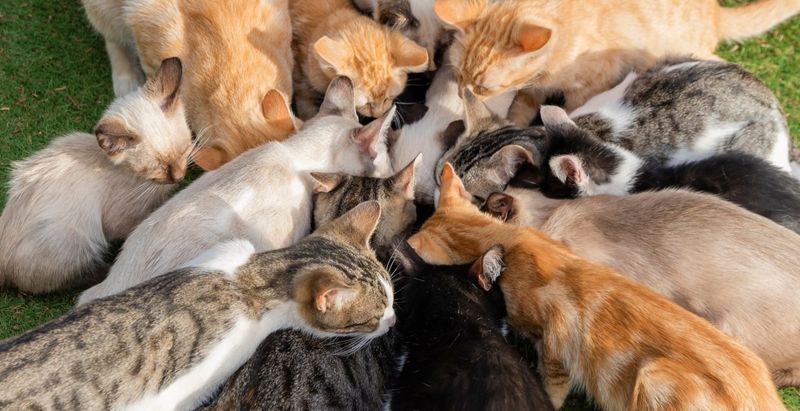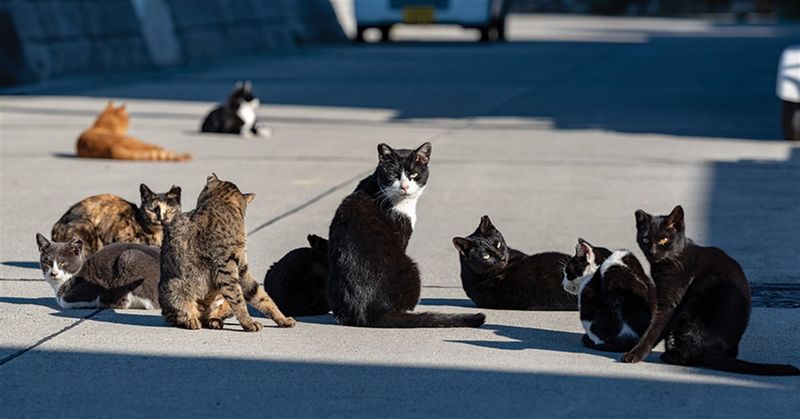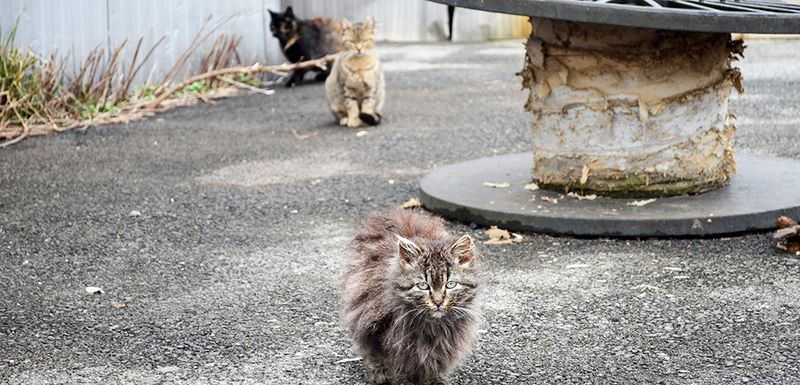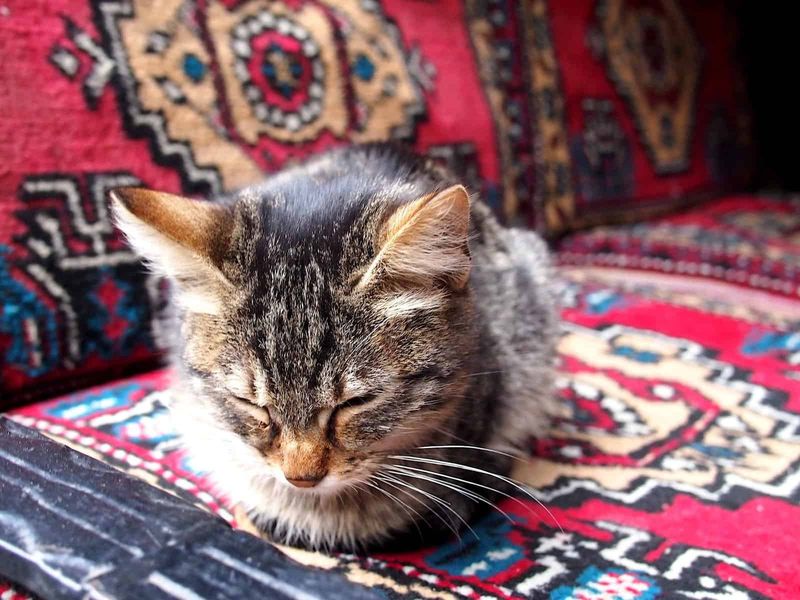📖 Table of Content:
Domestic cats have demonstrated remarkable adaptability in urban environments, evolving behaviors and strategies that enable them to thrive amidst the challenges of city living. From their keen senses and dietary flexibility to their social structures and interactions with humans, cats have carved out a unique niche in city landscapes.
1. Navigating Urban Landscapes
Urban cats exhibit exceptional agility, utilizing their climbing skills to traverse vertical spaces such as walls, fences, and rooftops. This vertical prowess allows them to avoid ground-level hazards like traffic and predators. Their acute senses, including enhanced night vision and sensitive hearing, help them navigate the complexities of city life, from bustling streets to quieter alleyways.
2. Diet and Foraging
In cities, cats have adapted their diets to include a variety of food sources. They often scavenge in dumpsters, hunt small rodents, and even receive food from humans. This dietary flexibility ensures their survival in environments where traditional hunting grounds are scarce. The urban diet of cats is as diverse as the environments they inhabit, reflecting their ability to make the most of available resources.
3. Social Structures
While typically solitary, urban cats sometimes form loose colonies around abundant food sources. These groups establish social hierarchies and share resources, enhancing their collective survival. Communication within these colonies involves scent marking and vocalizations, which help maintain order and territorial boundaries. This social adaptation aids in protecting resources and providing some safety in numbers.
4. Human Interaction
Urban cats have learned to coexist with humans, often seeking food and shelter from city dwellers. This relationship is mutually beneficial: humans provide resources, and cats offer pest control. Some urban cats have even adapted to human-made environments, utilizing features like motion-activated lights and automated feeders to their advantage. This synergy reflects the adaptability and mutual benefits of human-cat interactions in cities.
5. Health and Safety
Urban environments pose health risks to cats, including exposure to pollutants, diseases, and traffic accidents. However, many urban cats have developed strategies to mitigate these risks, such as becoming more nocturnal to avoid human activity and traffic. Additionally, urban cats often exhibit increased vigilance, being more alert to potential threats and quicker to react to changes in their environment.
6. Territorial Boundaries
Cats establish and maintain territorial boundaries through scent marking and patrols. In the urban jungle, these boundaries are more fluid, adapting to the availability of resources and the density of the cat population. The complex web of territories helps reduce conflicts and ensures access to key resources. Urban cats navigate these invisible lines with precision, balancing the need for territory with the demands of city living.
7. Adaptation to Noise
Despite the constant din of urban environments, city cats have adapted remarkably well to noise. They have developed the ability to filter out irrelevant sounds, focusing only on those that signal potential threats or opportunities. This auditory adaptation enables them to rest and remain alert where needed, demonstrating their capacity to thrive in bustling, noisy settings.
